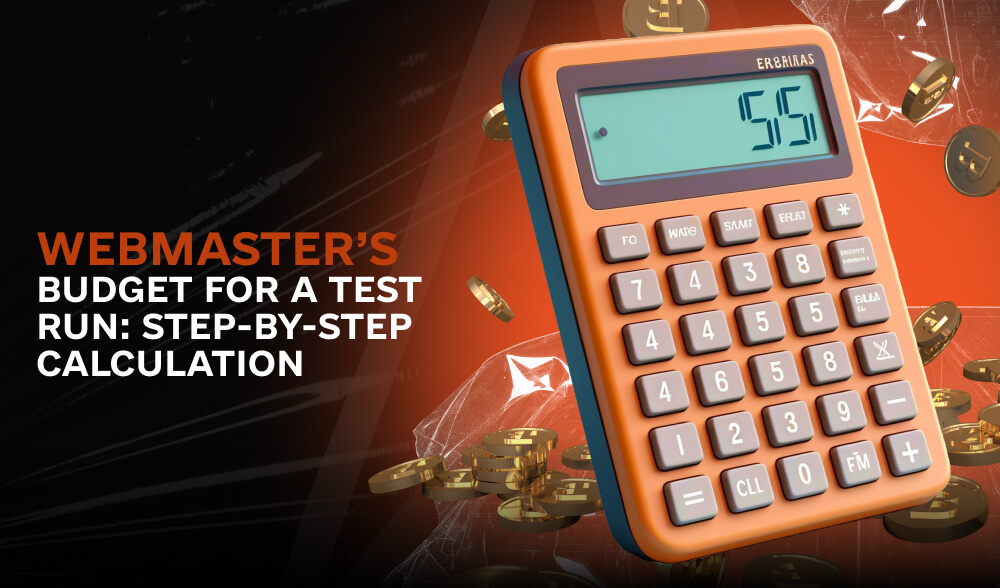Don't miss interesting news

If you’re new to this, this information will definitely come in handy. And if you’re a buyer in a team where your main task is just to launch campaigns, don’t switch off either, it will be interesting. We will analyze all the main stages and cost items that an arbitrageur will have to face: from buying tools to the advertising budget. Plus, we will show real examples of calculations for working with different geos: Tier 1, Tier 2, and Tier 3.
The budget depends on the geo and traffic source. For example, let’s take the most popular option – Facebook. As for T1 countries, this is a real “red light” for beginners. It is better not to go there! The budget will not be enough, and the competition will sweep you away before you even have time to launch.
At the same time, there is good news – most of the costs can be reduced. Since the article is designed for beginners who want to know “how much is the minimum?”, we will focus on the minimum costs and show you where you can save money or even get services, tools, or resources for free.
Cost groups:
Let’s consider each category in detail. Oh yeah, and don’t forget about the UBT (conditionally free traffic). It is a top player in gambling. Sending traffic to offers through streams on Kick, YouTube, or TikTok, or spamming with videos with winnings, TikTok memes, shorts, and reels can be very profitable if done regularly and systematically.
Let’s analyze what services, tools, and materials are necessary for an average arbitrageur.
And let’s not forget: you will spend a lot of time figuring out how everything works, what to insert and where to get it from. And now you’re ready to run ads!
We started from the basic principle: to test the offer, we take the payout amount and multiply it by 10. Or by 5 if you decide to take two offers. Accordingly:
For convenience, we will focus on $500. This is a more or less adequate amount to work with both T2 and T3.
There will be costs, but not for everything:
The money is ready, it’s time to decide how to spend it.
Everything is ready: the cards are linked, the budgets are set, and you can start working.
Of course, there are always nuances here: we did not take into account the $10 fee for the transfer via TRC20 to the account of the payment system. However, you can ignore the payment itself if you have bank accounts (for example, as we used to work with Wise, PrivatBank, or Kiwi).
Domains and hosting are often required to work with applications. This costs quite a bit, and we mentioned it at the beginning of the article. We did not include these costs in the table, because most services provide a small amount of resources with the application.
TOTAL: $689, of which $500 is allocated to the advertising budget.
This is quite a big amount. But it is important to understand that this is the average monthly salary of an ordinary resident of the CIS countries, which is already a significant investment. If you have $500-1,000 to test a new direction, you can try it. But you should realize that without experience, in 70% of cases this money will be spent on “training,” meaning that you cannot count on profit. If you manage to at least break even, it is already good, and if there is a small plus, it is just great.
If you already have experience, this amount will be enough to understand how good the offer is and what approaches work. However, there are other options: preliminary analysis of the offer, product testing (a huge number of games, the work of payment systems) – this should definitely not be neglected.
Investments are justified by the high potential of iGaming offers, but success directly depends on the level of preparation, analysis, and optimization of campaigns. Beginners should start with simple geo-targeting and minimal budgets, gradually increasing the scale.